Lasting impressions: the latest Beoplay H100 headphones from B&O are for keeps
Bang & Olufsen’s head of design, Tiina Karjalainen Kierysch, talks us through the new Bang & Olufsen Beoplay H100, headphones designed to last a lifetime
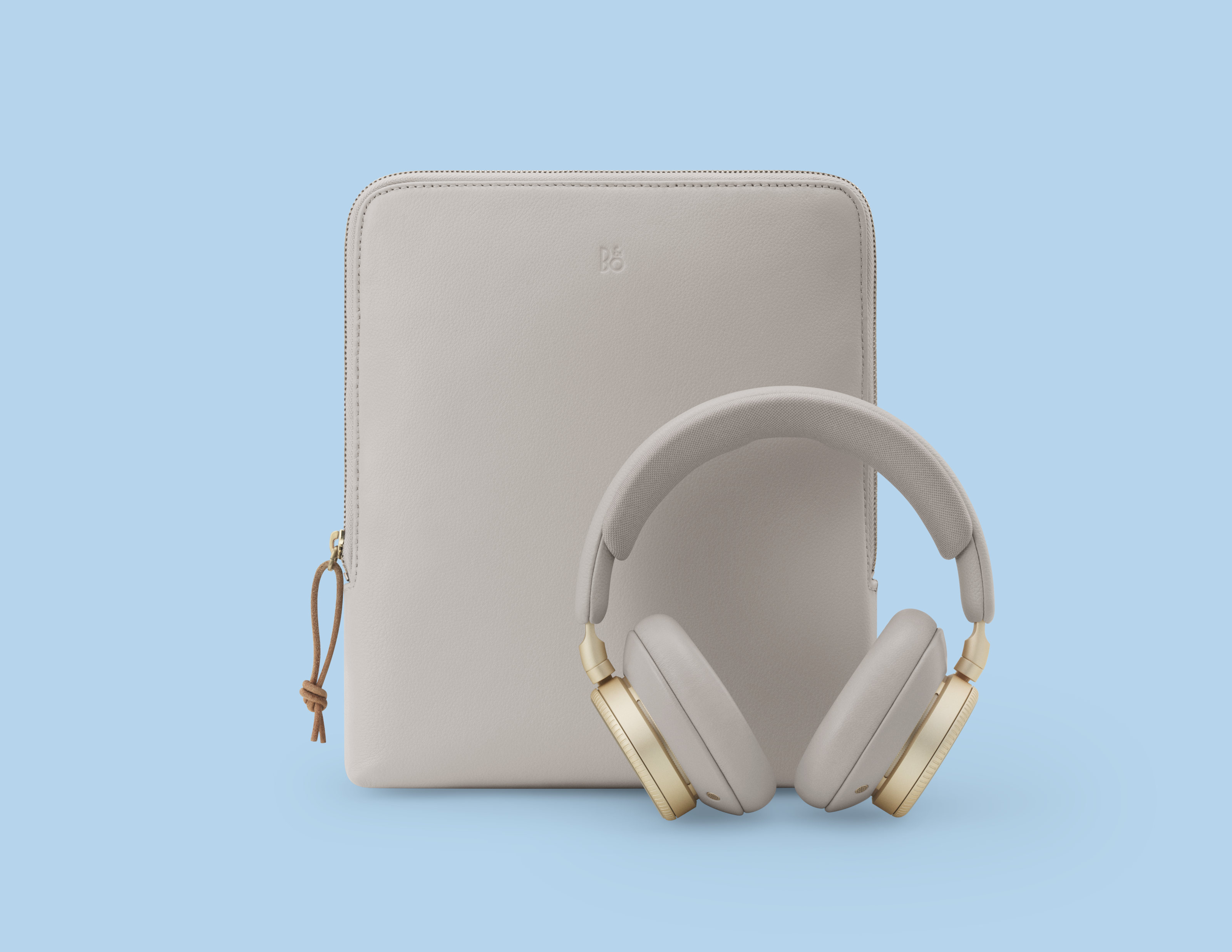
Bang & Olufsen's Beoplay H100 headphones are the new flagship personal audio product from the Danish masters. After thoroughly conquering the world of upscale hi-fi, B&O started making headphones in the late 1970s and only diversified into wireless systems in 2015 with the BeoPlay H8. With the new H100, the company was starting from an enviable position, with products that continue to be admired and coveted.

Bang & Olufsen Beoplay H100 headphones
‘We are very much defining our own targets and challenges,’ admits Tiina Karjalainen Kierysch, Bang & Olufsen’s head of design, ‘comfort is a big focus, as is creating an immersive sound experience. But it’s also about modularity [of design].’ The latter, which allows components to be upgraded and replaced to prolong the life of the device, can be tricky to achieve with headphones and their tightly packaged electronics.
‘We started modular design with larger products like speakers,’ Kierysch says. ‘Now we have a couple of user-replaceable parts, like the inner headband, which gets a lot of wear and tear. This can now be removed and washed or even replaced. Likewise, the H100’s inner earcups are detachable, using magnets.’

The Beoplay H100 features detachable earcups
The new Beoplay H100 certain maintain B&O’s high audio benchmark in addition to marking this milestone on the company’s route to circularity. With the modular design approach ensuring user-friendly replaceable parts and components, there’s also a software platform that’ll evolve and update over time. Throw in the optional five-year warranty and you have a pair of headphones that should endure for decades.
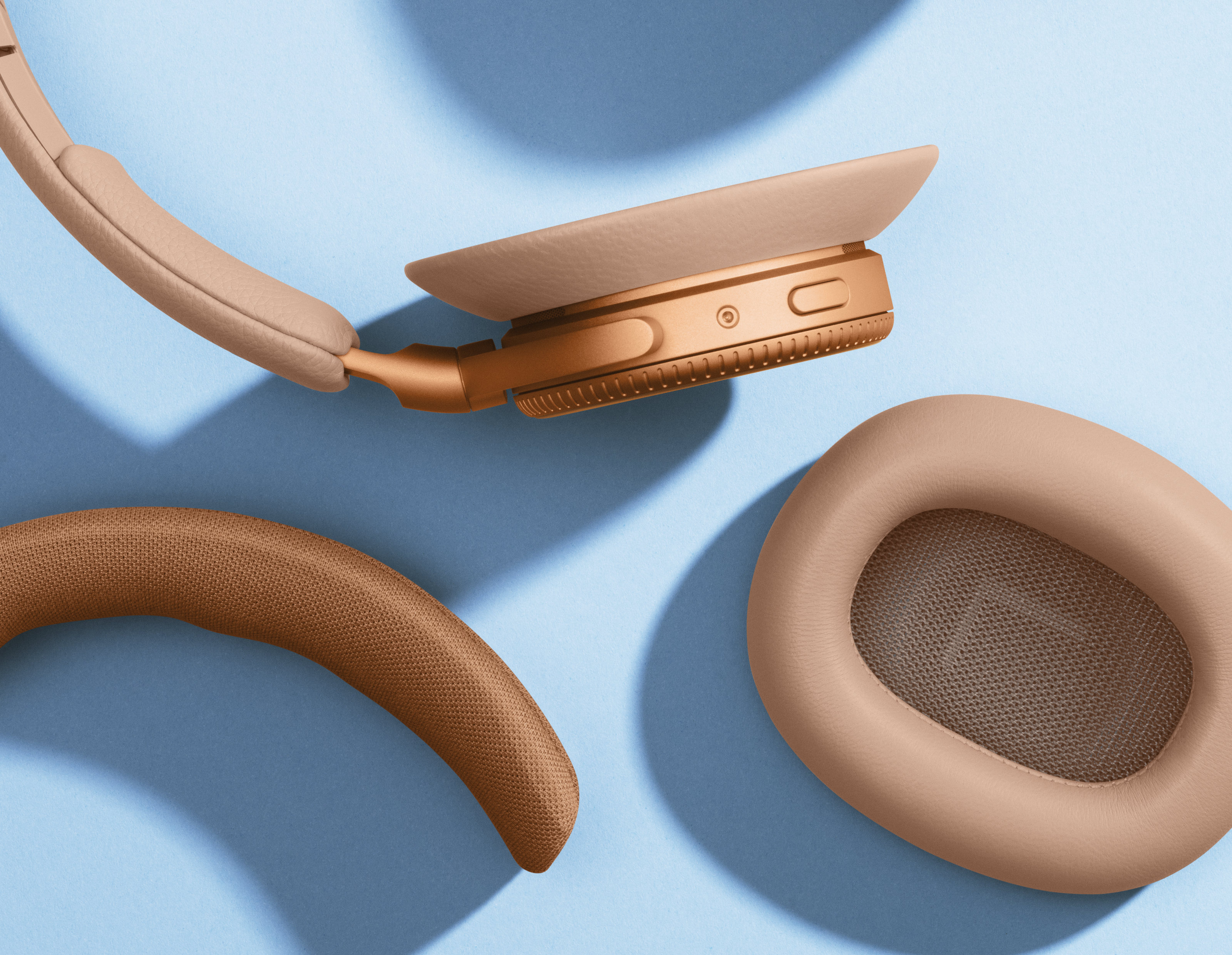
The headband is also removable
Another aspect of the modular design is the bond it brings between the company and user. ‘It’s a little bit captivating for consumers to be able to look inside the product,’ Kierysch says. ‘You’ll also find a little secret hidden message from our founder.’ Other key serviceable parts include the circuit boards, drivers and batteries.

Bang & Olufsen Beoplay H100 headphones
Design-wise, the H100s continue the company’s rich tradition of quality and simplicity. The aluminium-framed headphones have a textile headband and lambskin leather earpads, with tech including Dolby Atmos and B&O’s own adaptive audio processing, EarSense. ‘We work with material circularity in many ways,’ says Kierysch, adding that B&O began its collaboration with the Cradle to Cradle Institute several years ago to help drive sustainable product development.
Relatively easily recyclable materials like aluminium are a start, but as Kierysch says, ‘we can always improve. It’s the same with plastics’. She continues, ‘There’s something interesting about the new biobased materials, for example. We love working with materials for their specific characteristics.’
Receive our daily digest of inspiration, escapism and design stories from around the world direct to your inbox.
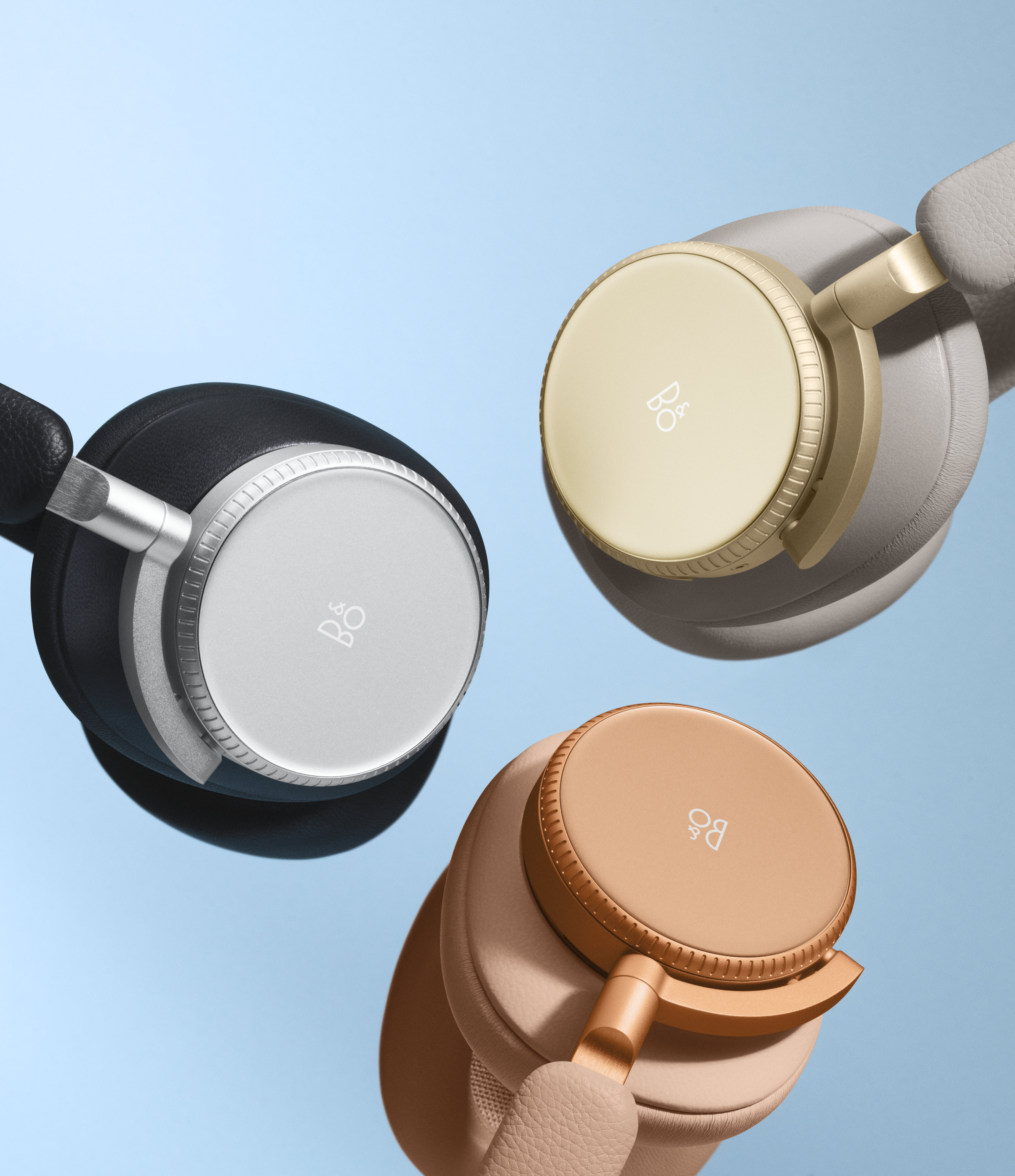
Beoplay H100 is available in Infinite Black, Hourglass Sand and Sunset Apricot
Bang & Olufsen’s head of product circularity and portfolio planning, Mads Kogsgaard Hansen, explains that the company has ‘prioritised longevity, maintenance and repairability through modular design… the headphones can adapt and evolve with new technologies for a truly timeless design.' Hansen hopes the headphones will get approval on the Cradle to Cradle Certified Product Standard, becoming the third B&O product to get the nod.

Detail design of the Bang & Olufsen Beoplay H100 headphones
All this ties in nicely with a revival of interest in longevity, patina, and a less clinical, warmer relationship with our technology. ‘Natural materials often age very beautifully,’ says Kierysch. ‘The patina can tell a story about itself. The H100s are operated via a touch interface on each side, while there are no fewer than ten microphones to compute the noise-cancelling algorithm, along with a twistable dial to raise or lower the transparency effect. Finally, the H100s can detect when they’re being worn or removed so there’s no need to switch them on or off.
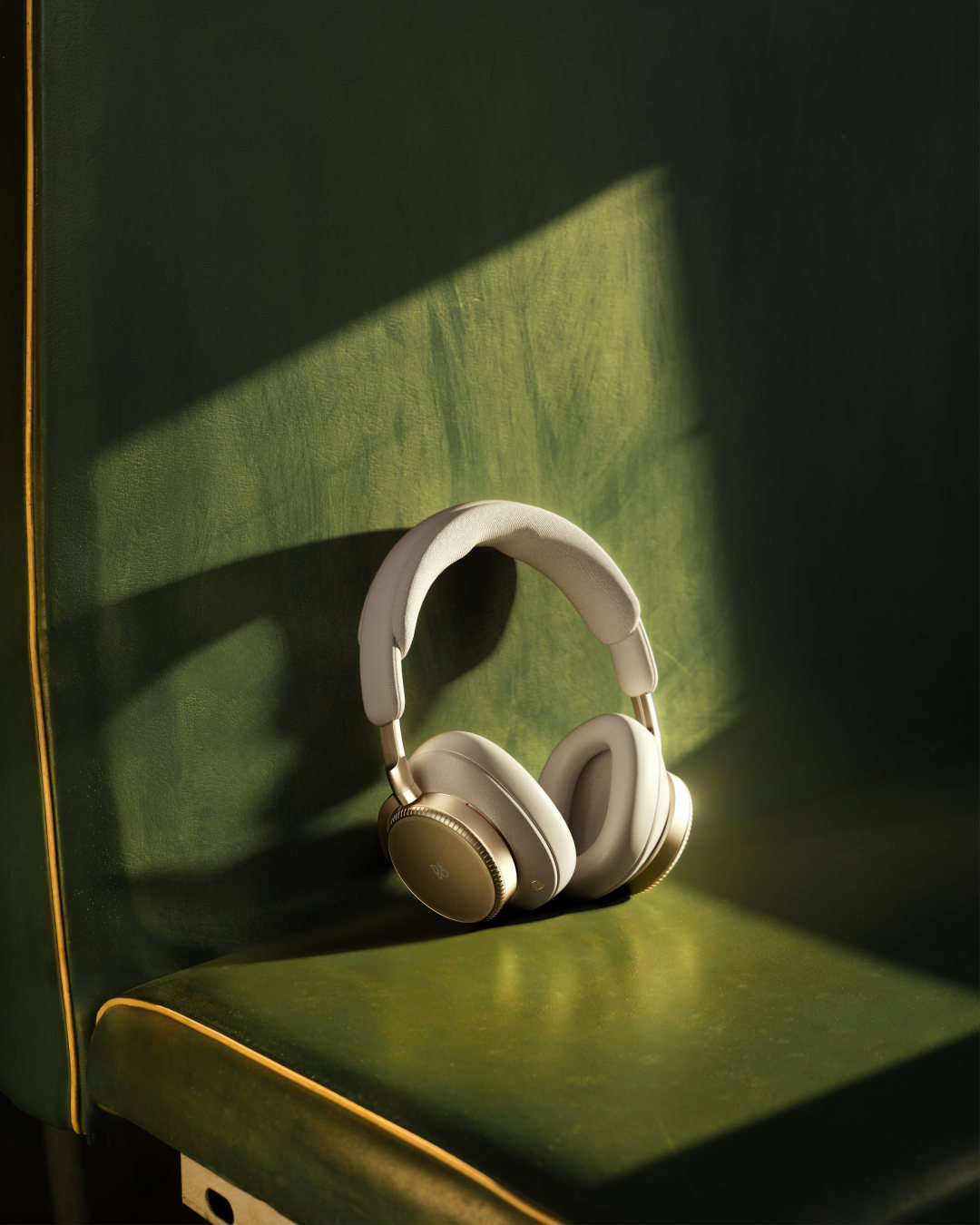
Bang & Olufsen Beoplay H100 headphones
Finally, there’s format. A pair of headphones is format agnostic, of course, and B&O’s recent output has included remastered versions of classic record players (the Beogram 400 Series) and even the 9000c multi-CD player. Does the company track trends in how customers listen to music? ‘We pay attention, for sure,’ says Kierysch, ‘LPs are a very clear trend, especially amongst musical artists. Perhaps CDs are not there yet, but the 9000c was quite an unconventional icon. We changed the CD player from a black box to showing off CDs as art. Might there be a way of doing this for streaming? Maybe.’
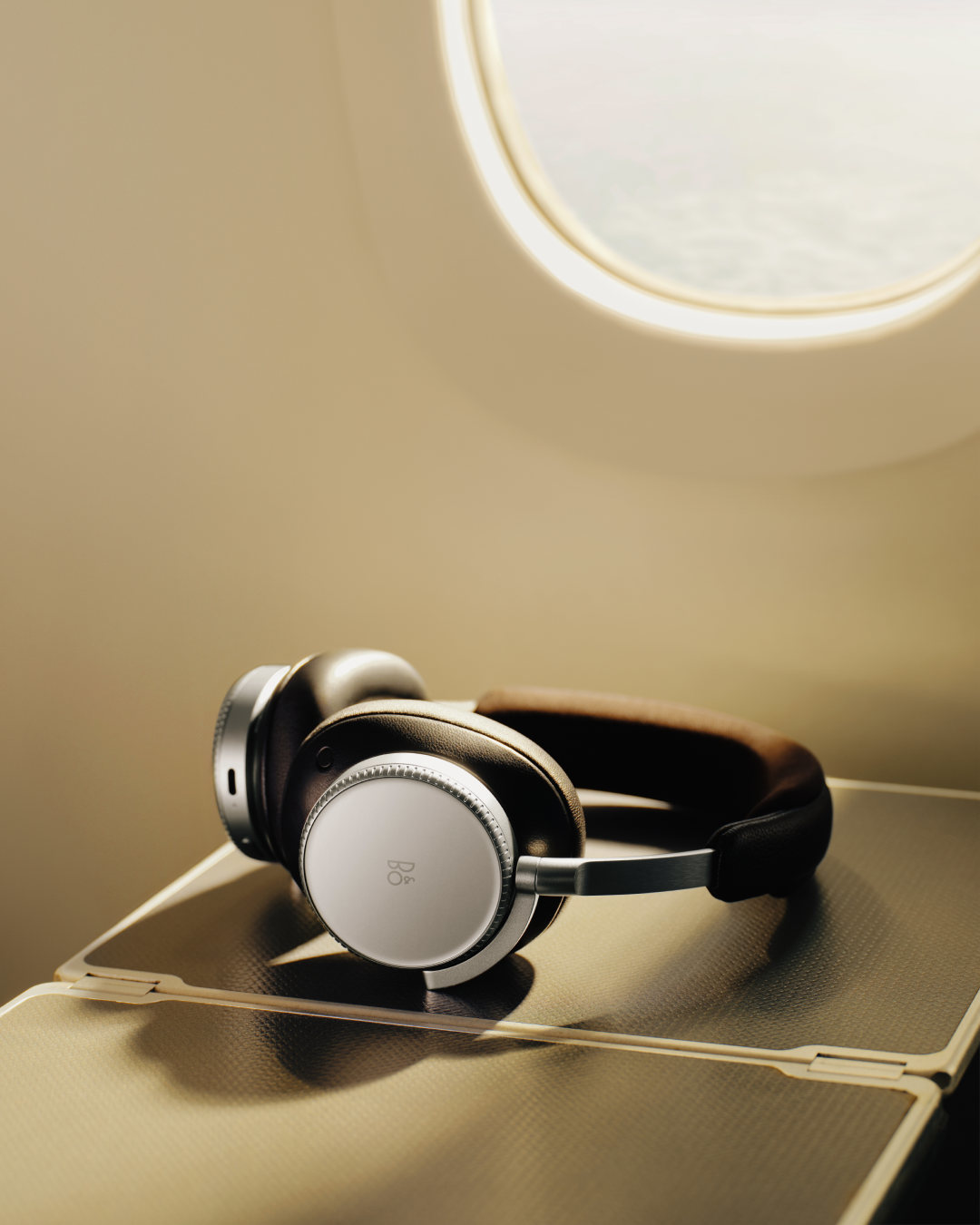
Bang & Olufsen Beoplay H100 headphones
Ultimately, the H100 headphones tap into a growing desire to preserve and maintain the best examples of technology for as long as possible. ‘I believe that over time, longevity will become more and more relevant,’ Kierysch says. ‘New materials will only be used if they last. At Bang & Olufsen, we want to move away from products becoming obsolete too quickly. Our products are made to last and keep.’
Beoplay H100 in Infinite Black, Hourglass Sand and Sunset Apricot, £1,299 / €1,499 US$1,549 / CA$2,199, from Bang & Olufsen stores or Bang-Olufsen.com, @BangOlufsen
Jonathan Bell has written for Wallpaper* magazine since 1999, covering everything from architecture and transport design to books, tech and graphic design. He is now the magazine’s Transport and Technology Editor. Jonathan has written and edited 15 books, including Concept Car Design, 21st Century House, and The New Modern House. He is also the host of Wallpaper’s first podcast.
-
 Fulham FC’s new Riverside Stand by Populous reshapes the match-day experience and beyond
Fulham FC’s new Riverside Stand by Populous reshapes the match-day experience and beyondPopulous has transformed Fulham FC’s image with a glamorous new stand, part of its mission to create the next generation of entertainment architecture, from London to Rome and Riyadh
-
 A contemporary Mexican hotel emerges from a 16th-century ruin in Mérida
A contemporary Mexican hotel emerges from a 16th-century ruin in MéridaA renovation project by Zeller & Moye, Mérida’s new Hotel Sevilla wears its architectural interventions lightly, mixing new brutalist elements into listed interiors and a palm-filled courtyard
-
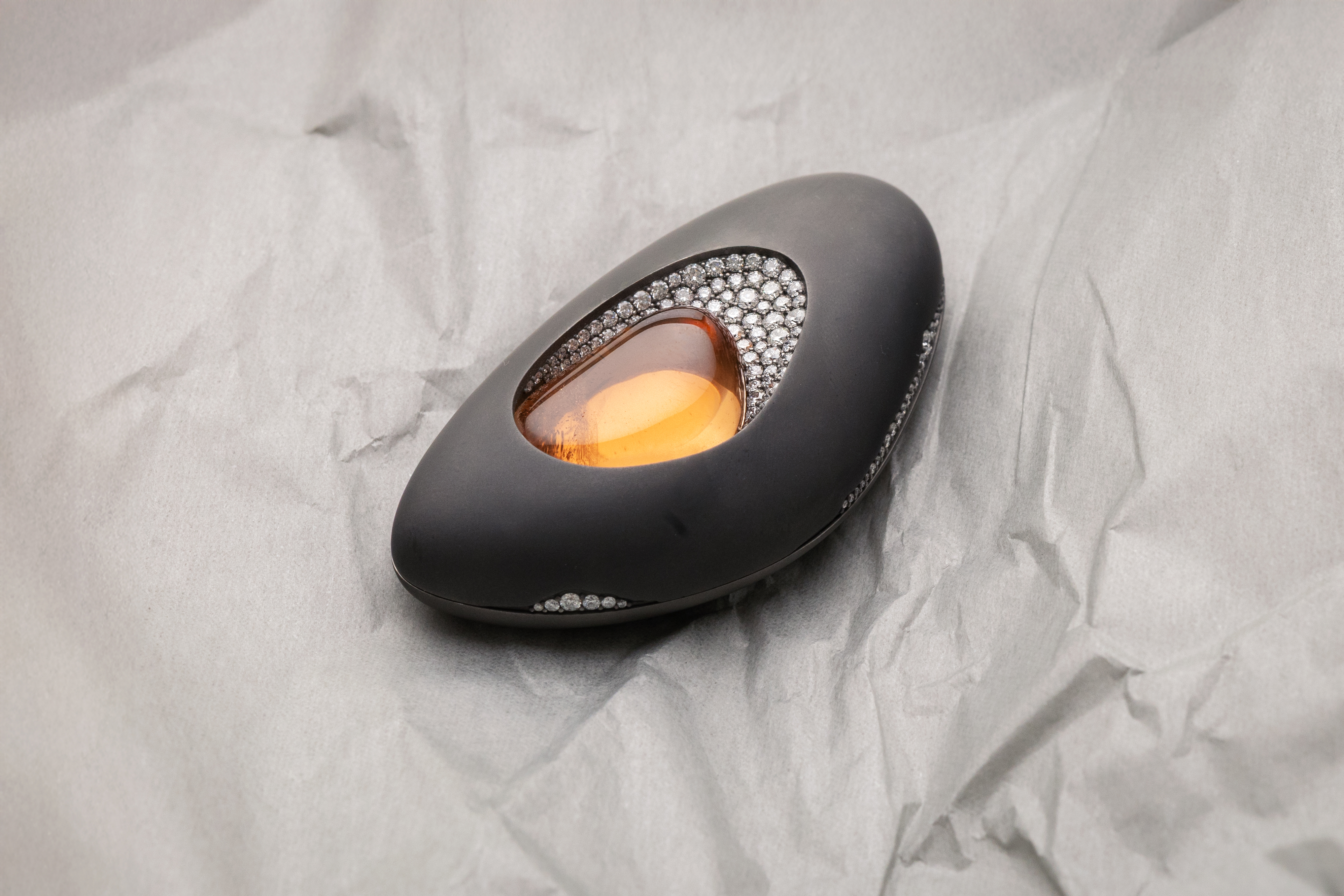 Discover the cool and offbeat designs of jeweller Inesa Kovalova
Discover the cool and offbeat designs of jeweller Inesa KovalovaInesa Kovalova's jewellery celebrates a mix of mediums and materials
-
 Inspired by a pebble, the stylish new Alma charger provides pocketable convenience
Inspired by a pebble, the stylish new Alma charger provides pocketable convenienceWhat if technology could quietly allay anxiety and not cause it? That’s the pitch behind new luxury accessories company Addition, starting with its new Alma wireless charger
-
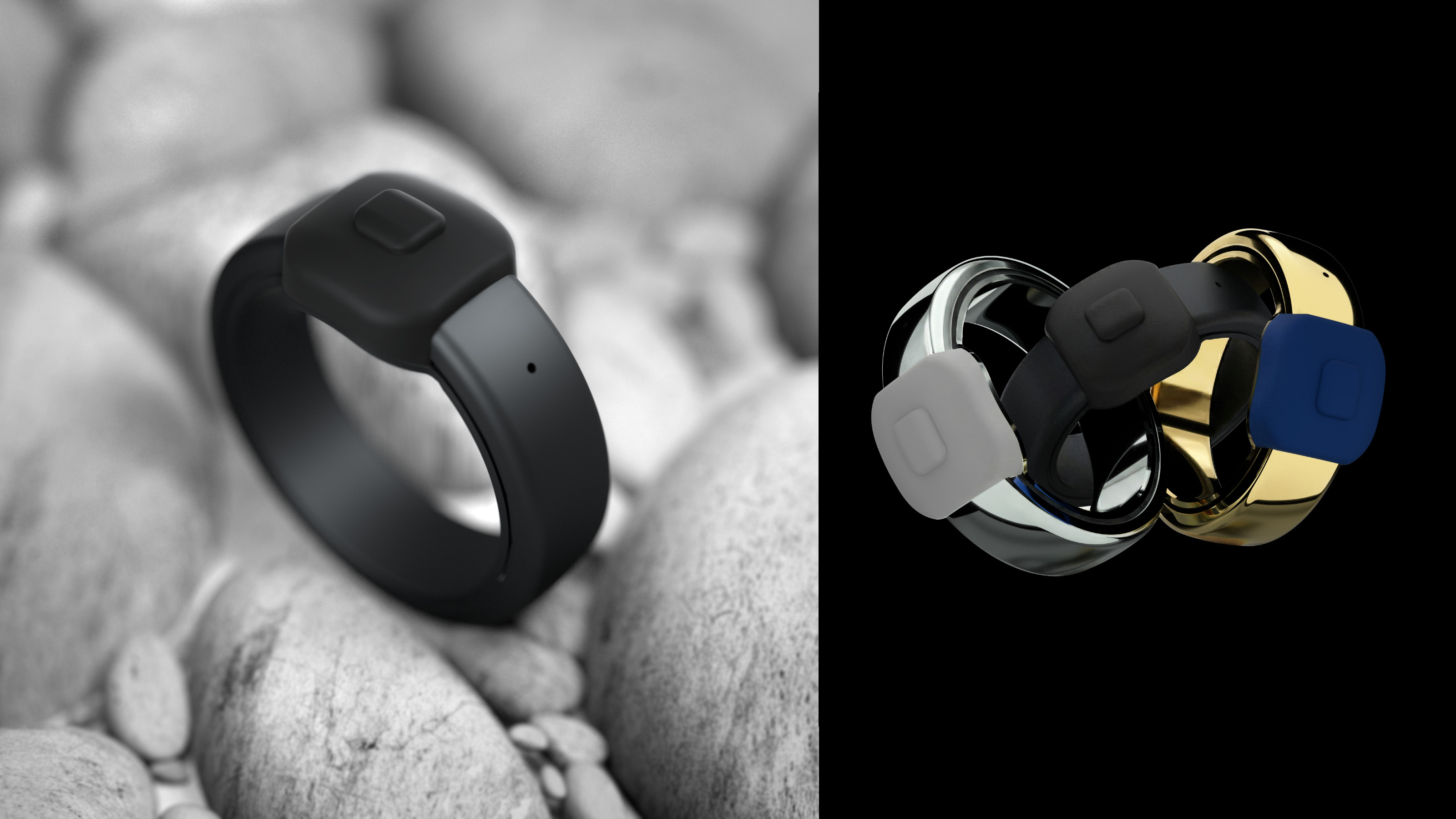 The ring’s the thing as Pebble launches a discreet device for memo-taking, Index Ring 01
The ring’s the thing as Pebble launches a discreet device for memo-taking, Index Ring 01A tiny device with a singular purpose but limitless applications, the Pebble Index 01 is a customisable smart ring for turning mental notes into text
-
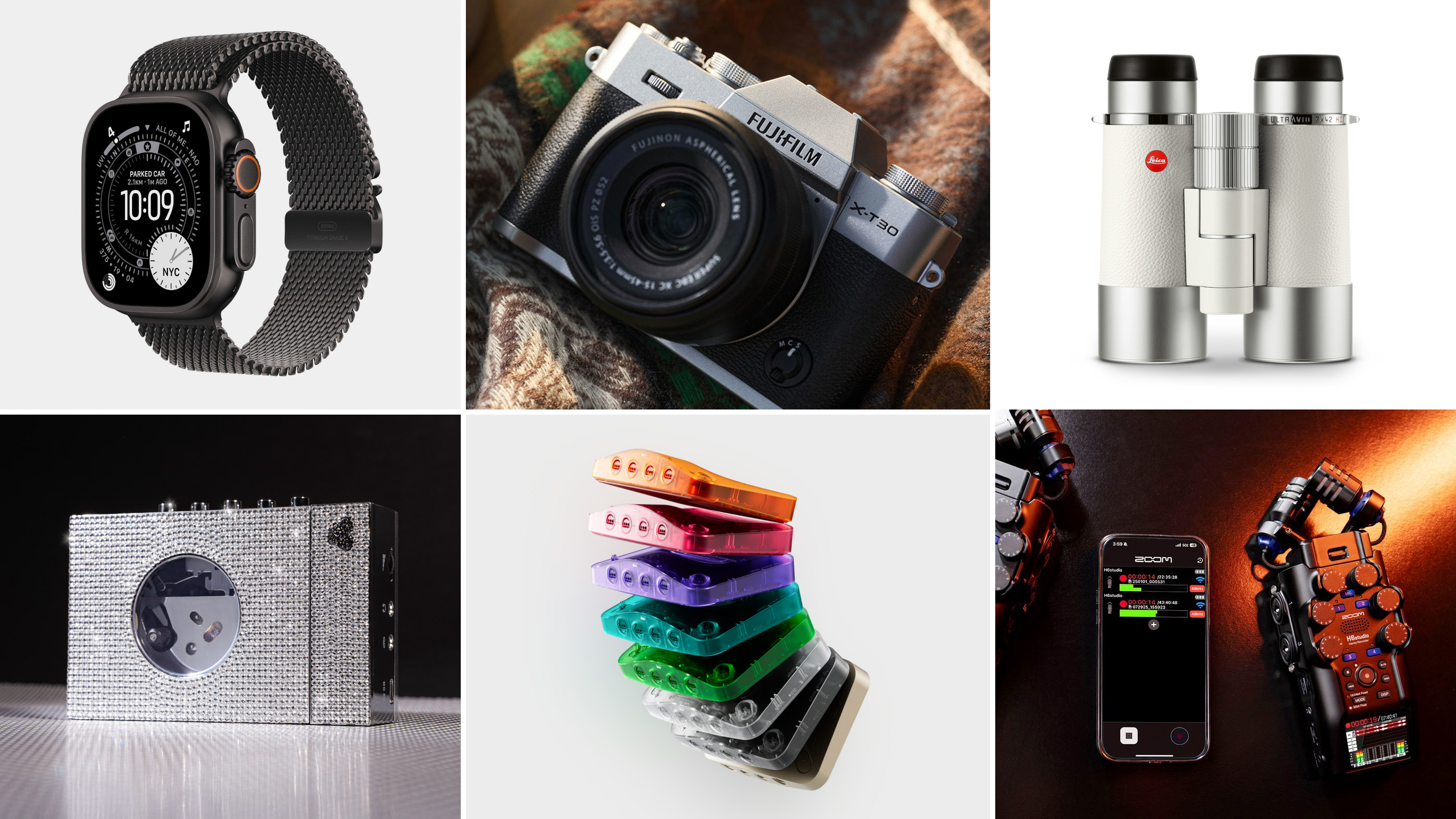 Tech gift ideas: Wallpaper’s Jonathan Bell lists 12 devices to desire this festive season
Tech gift ideas: Wallpaper’s Jonathan Bell lists 12 devices to desire this festive seasonTechnology editor Jonathan Bell delves into the best new releases and most giftable gadgets from 2025, offering up personal favourites as well as a few big hints
-
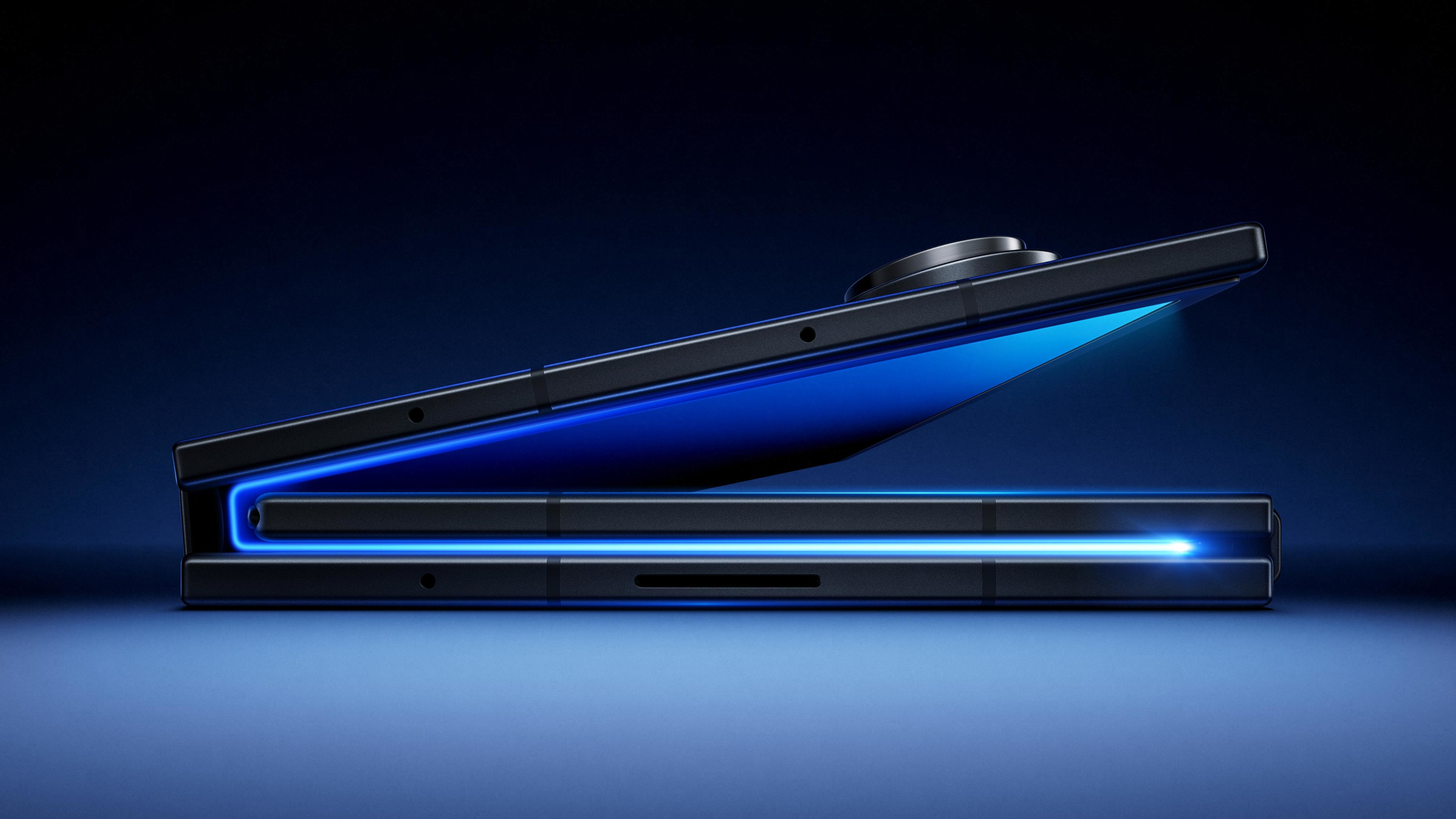 Samsung Galaxy Z TriFold is a pocket tablet that takes folding screens to new extremes
Samsung Galaxy Z TriFold is a pocket tablet that takes folding screens to new extremesSamsung has announced its newest flagship device, the Galaxy Z TriFold. Featuring three folding screens, this ultimate smartphone can transform into a ten-inch tablet
-
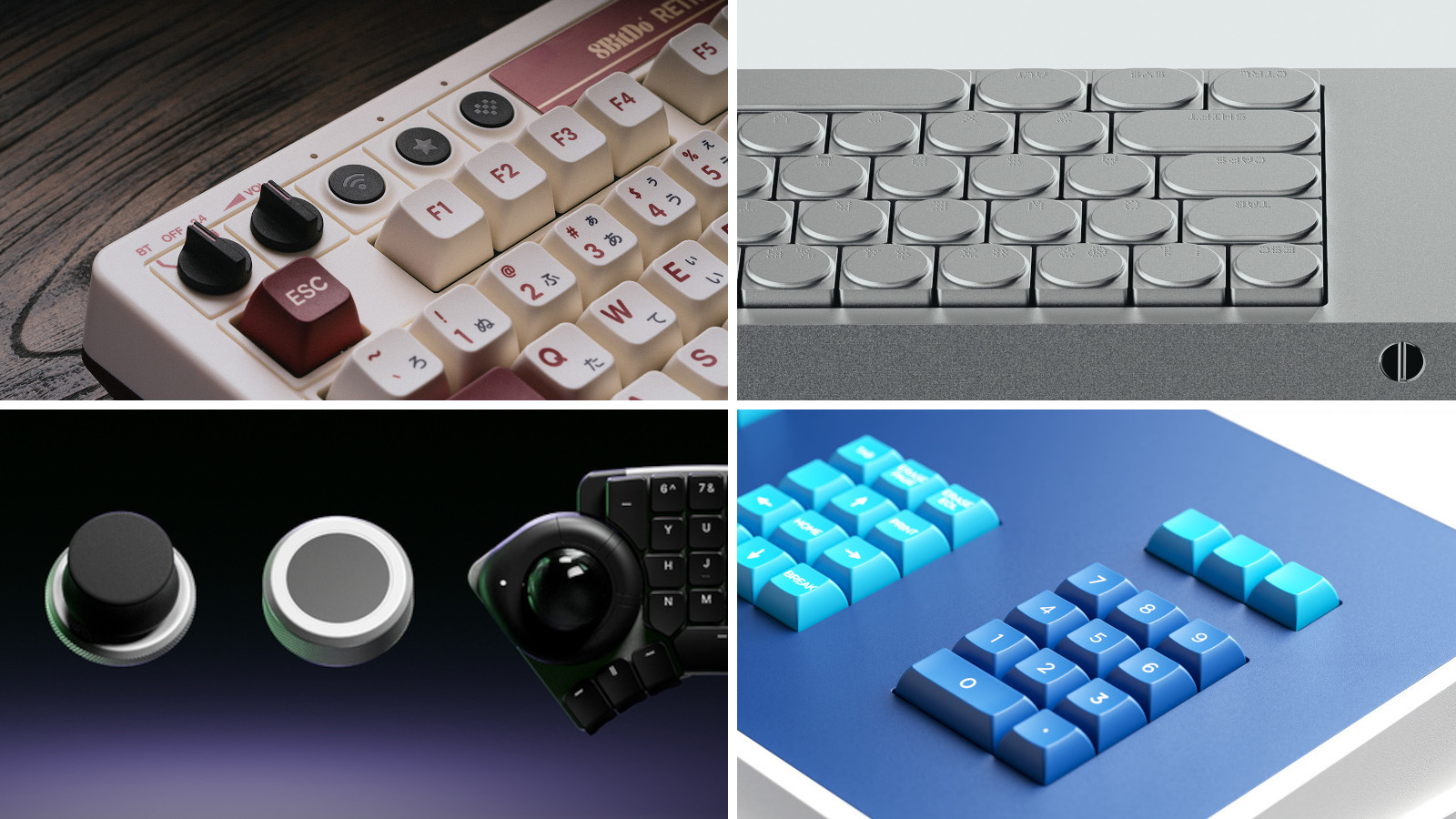 Four new keyboards are fresh and functional desktop companions
Four new keyboards are fresh and functional desktop companionsMechanical keyboards are all the rage, bringing with them new ways of personalising your desktop. We’ve found four devices that hark back to the early days of computing
-
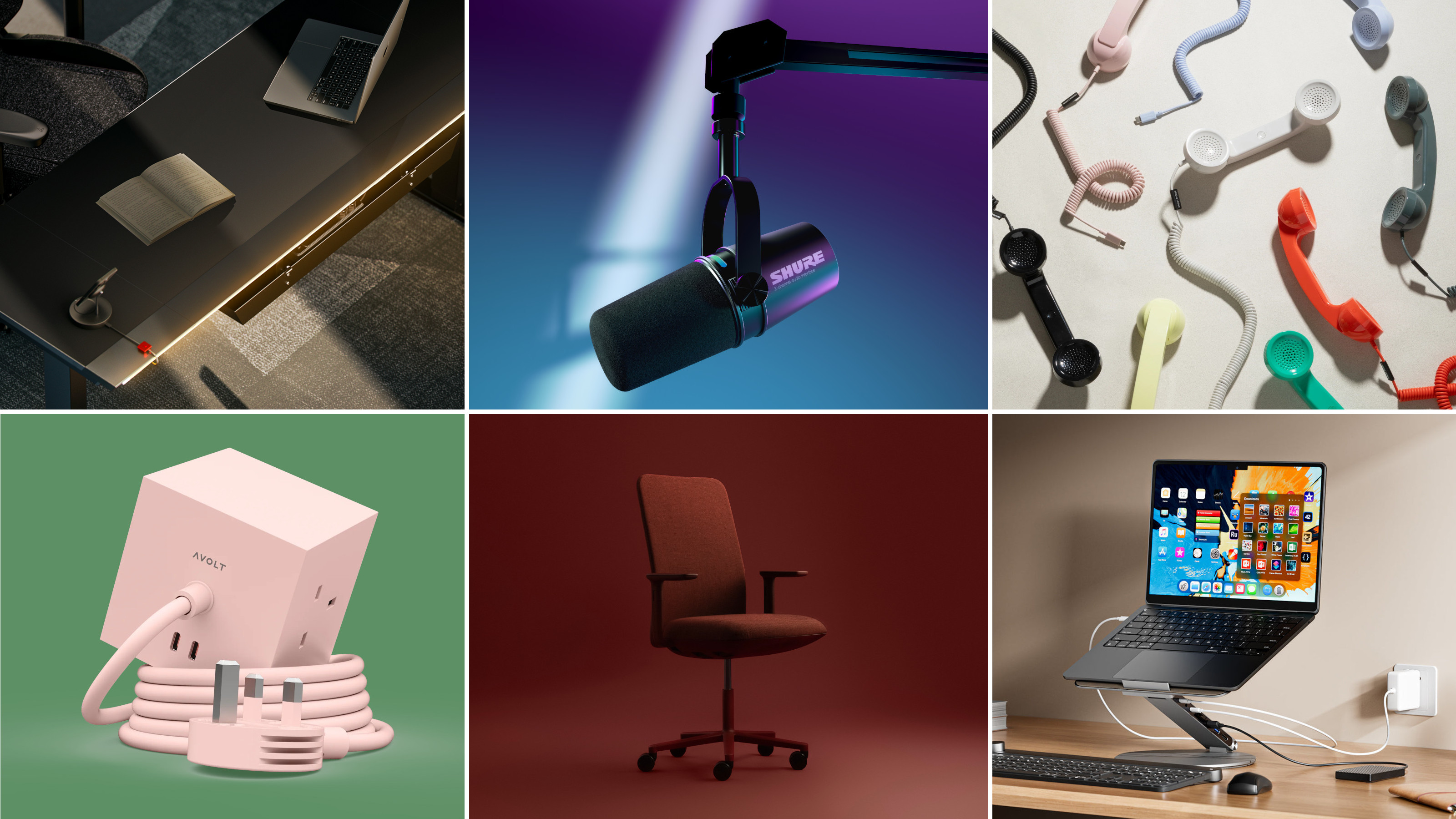 Hunker down in a perfectly equipped work-from-home hub this winter
Hunker down in a perfectly equipped work-from-home hub this winterIf your WFH set-up needs an upgrade, or if you need to kit out a new small business from scratch, we’ve got you covered
-
 New Leica Q3 Monochrom camera sees the world in black and white
New Leica Q3 Monochrom camera sees the world in black and whiteDefined by its crisp 60MP monochrome sensor, the Leica Q3 Monochrom is a camera designed for those who want to focus only on light, shadow and form
-
 Apple Watch Ultra 3 has innovation at its heart – a 3D-printed titanium case
Apple Watch Ultra 3 has innovation at its heart – a 3D-printed titanium caseWe delve into Apple’s pioneering use of 3D-printed metal, and how it ties in with the company’s path to carbon neutrality